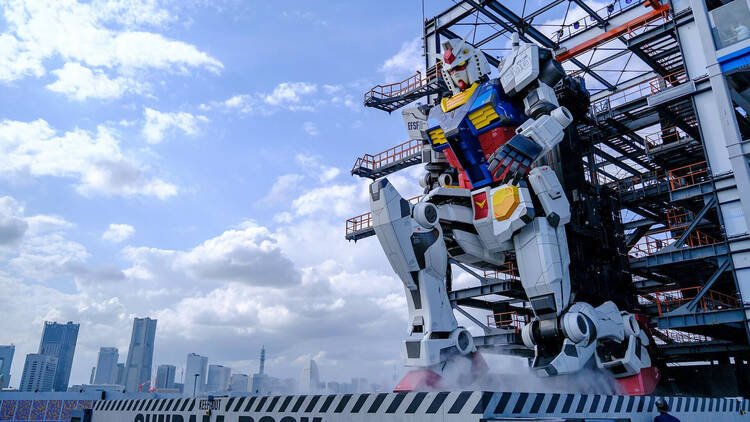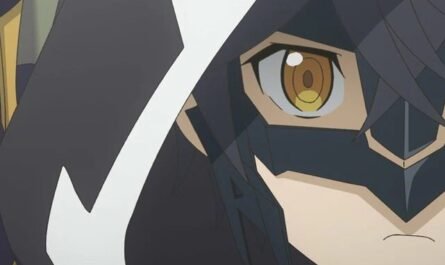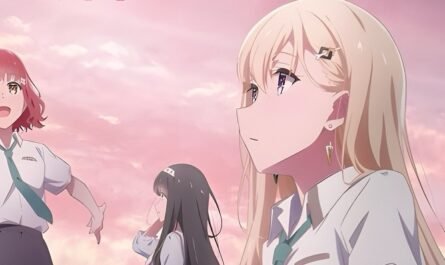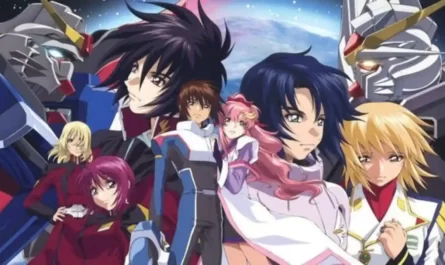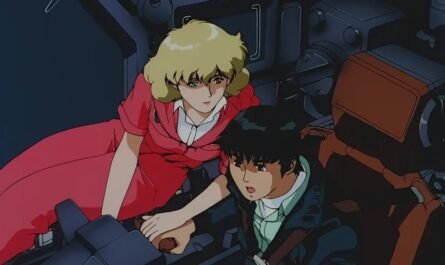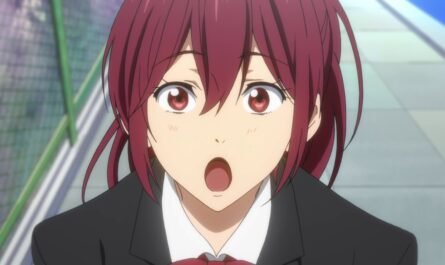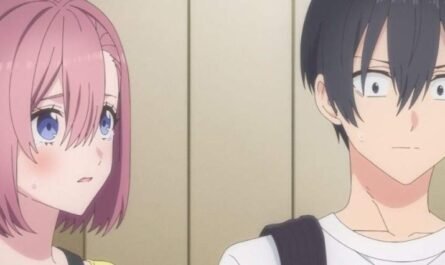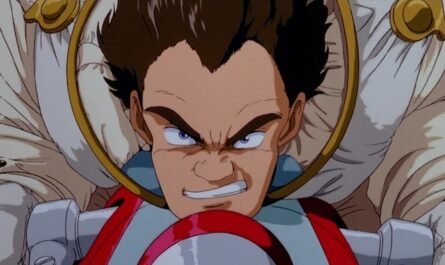What tricks are essential for a demanding schedule?
Every job has tasks that are invisible to the user. The same is true for TV animation. Even so, let’s introduce one thing that fans will be surprised by if they know.
As you know, TV animation is created using videos drawn by animators (original drawings in front of them). However, this video, for example, was produced in the 1980s, when it was still analog. In the 1990s, you had to draw between 5,000 and 3,000 pictures per episode for a 30-minute program. Imagine there. For example, drawing 3,000 sheets of “Halo” that appear in “Mobile Suit Gundam” or drawing 3,000 sheets of “Gundam,” which takes more time, ignoring the technical theory? Of course, you know the answer. In the analog era, Sunrise, where I belonged, was on the scene of anime programs called “mecha things,” such as robots.
At (now Bandai Namco Film Works), there was a work called “line reduction.” It is a “trick” of “creating a setting image with fewer lines.” However, only a few staff members know this. In the case of analog animation at the time, whether it was in color or not, line drawings (original drawings and videos) were first drawn with a pencil. Under such circumstances, robots and weapons usually have sharp corners and transparent surfaces, so there are inevitably many lines. However, as mentioned earlier, drawing as few lines as possible is desirable to finish many videos. Removing all the lines according to the setting image may make the screen messy, depending on the scene. I have. Therefore, “unnecessary lines” are deleted from the setting image that is the drawing sample.
This is “line reduction.” However, it does not mean you should erase it as a yamikmo. First, leave the lines that will be used for coloring. In addition, do not erase the moving part and the place that shows the three-dimensional shape, such as the boundary between the front and the side. But lines that express thickness and details are case-by-case.
The size of the drawing on the screen is considered when deciding. To make this judgment, in addition to knowledge of the object, such as what kind of solid and what kind of drawing is done, it is necessary to know both the content of the work and the picture.
In TV animation work, a division of labor, only a few people have knowledge that spans these types of work. So, at Sunrise then, in many cases, staff in the job of “setting production” who understood the process from the script’s contents to the setting and the finished screen were in charge. (Because there are differences in the same job title depending on the era and production team, not all could do it.) Because it was an analog era, I took a copy of the robot and mecha design drawings drawn by the designer and added correction fluid, so-called “Misunon,” etc. I’m going to erase the line that I judged.
In the real world, even if there is a line here, it will disappear if it becomes a long distance. Despite this, if everything is drawn regardless of the distance, the object will be full of lines. In other words, “line reduction” means “making a sample that indicates the necessary omission.”
The original setting image is for the zoomed-in screen. When the whole body is on the screen, the line is drawn with reduced settings (this is also an important point when making a 3D model, etc.). In my experience, the Self-Defense Forces machine of “Holy Warrior Dunbine” and “Mobile Suit Gundam SEED” left an impression on me. For the fighter, I referred to a three-sided drawing of the actual aircraft published in a technical magazine and omitted the lines at that stage. The knowledge that I liked fighter planes was useful.
In “SEED,” Director Fukuda (Mitsuo), who was once a colleague in the same setting production, said, “There is no staff who knows how to reduce lines at the site now.” there was. Of course, it was before “SEED” aired, so I didn’t know what kind of work it would be, but based on my experience and coloring samples, I created a setting that reduced the lines for drawing several Gundams.
Modifying something a designer has drawn is terrifying, even if it’s not a raw manuscript. However, in TV animation production, where schedules have strictly adhered to make it in time for airing, even if the target is a designer or a director, to deliver the work to the viewer correctly, corrections are made if necessary. Also, omit. This is the “on-site.” However, this is based on the designer’s understanding and understanding, and the workers who can do it are limited staff with specialized knowledge, as mentioned above.
Please understand me. [Author profile] Hiroshi Kazama ( Yoshie Kawahara ) Since 1975, he has been a part-time student at the animation production company Sunrise (currently Bandai Namco Film Works) ‘s “Brave Raideen” (Tohokushinsha) production studio. After graduating, he worked as a regular staff as a setting assistant on “Invincible Chojin Zambot 3” and other projects. He worked on literary setting productions such as “Strongest Robo Daioja,” “Combat Mecha Xabungle,” “Aura Battler Dunbine,” and “Giant God Gorg.” Participated in the script under the name Yoshie.
“Armored Senki Dragner,” “Mashin Hero Wataru, “Involved in the planning and development of “Aroiden Samurai Trooper,” and so on. Independent as a writer since 1989. He also works on the company’s novelizations, original novels, screenplays, mook-related articles, and columns.

